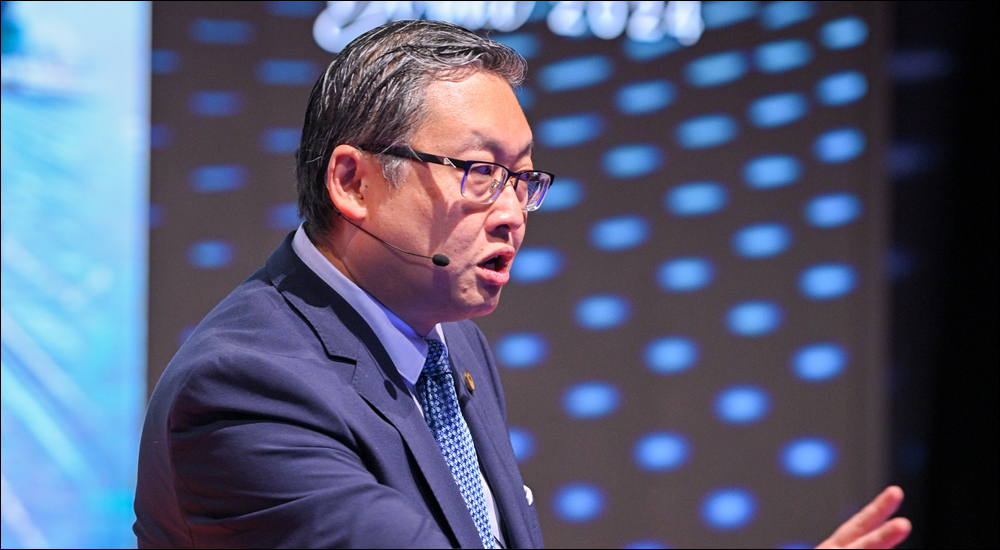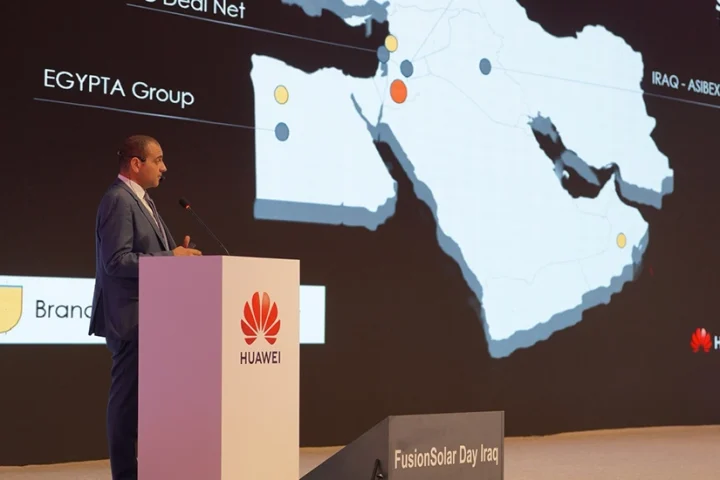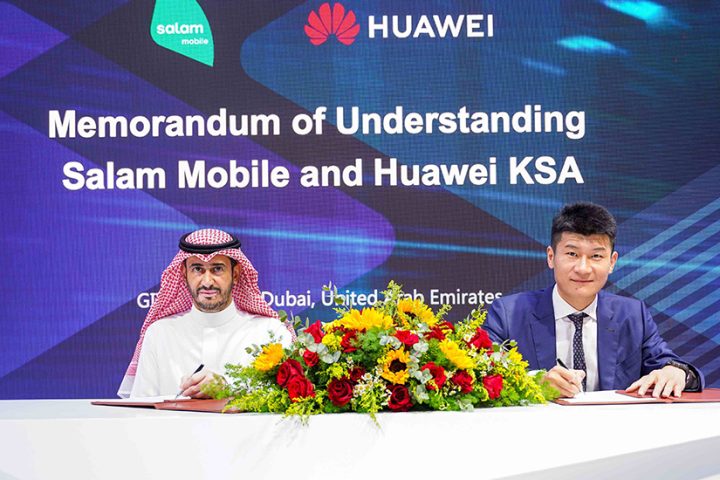After an action-packed two days where GITEX GLOBAL 2024 presented exhilarating events and exhibitions across technology’s new frontiers, Wednesday witnessed another incredible programme as audiences examined the existing and future cybersecurity landscapes with the world’s foremost experts.
Taking place from 14-18 October at Dubai World Trade Centre (DWTC), GITEX GLOBAL is the world’s largest and best-rated tech event. It presents a record-breaking 44th edition in 2024 – welcoming over 6,500 exhibitors, 1,800 startups, 1,200 investors alongside governments from more than 180 countries.
As GITEX GLOBAL’s biggest-ever international edition reached the halfway stage, “Cybersecurity Day” headlined the Wednesday schedule. An enlightening series of keynote speeches, fireside chats, and specialist panels cast a unique spotlight on the urgent challenges, emerging threats, and innovative opportunities facing individuals, enterprises, industries, and nations worldwide.
Cross-examining the cybercrime conundrum
With global cybercrime damaged projected to reach $10.5 trillion annually by 2025, the international tech community is determined to ignite a paradigm shift through reinvigorated determination. This universal attitude was on full display at GITEX GLOBAL as top CISOs, CIOs, and GRC leaders converged with a unified mission: establish the foremost line of defence globally.
In 2024, finance industry AI-driven fraud has surged by 40%, posing unprecedented challenges for incumbents. One of Wednesday’s must-attend conference sessions – ‘AI-Driven Digital Fraud: Safeguarding the Finance Industry’s Future’ – examined how emerging technologies are being harnessed to overcome the evolving threat.
Dr. Aloysius Cheang, Chief Security Officer for the Middle East & Central Asia at Huawei, said, “Huawei is attacked 12 billion times a day on average. This is why cybersecurity is positioned as a very strategic asset within our company. Organisations must build a cybersecurity culture through a security-first, privacy-first approach – and their solutions must serve their purpose of protecting digital assets.”

























